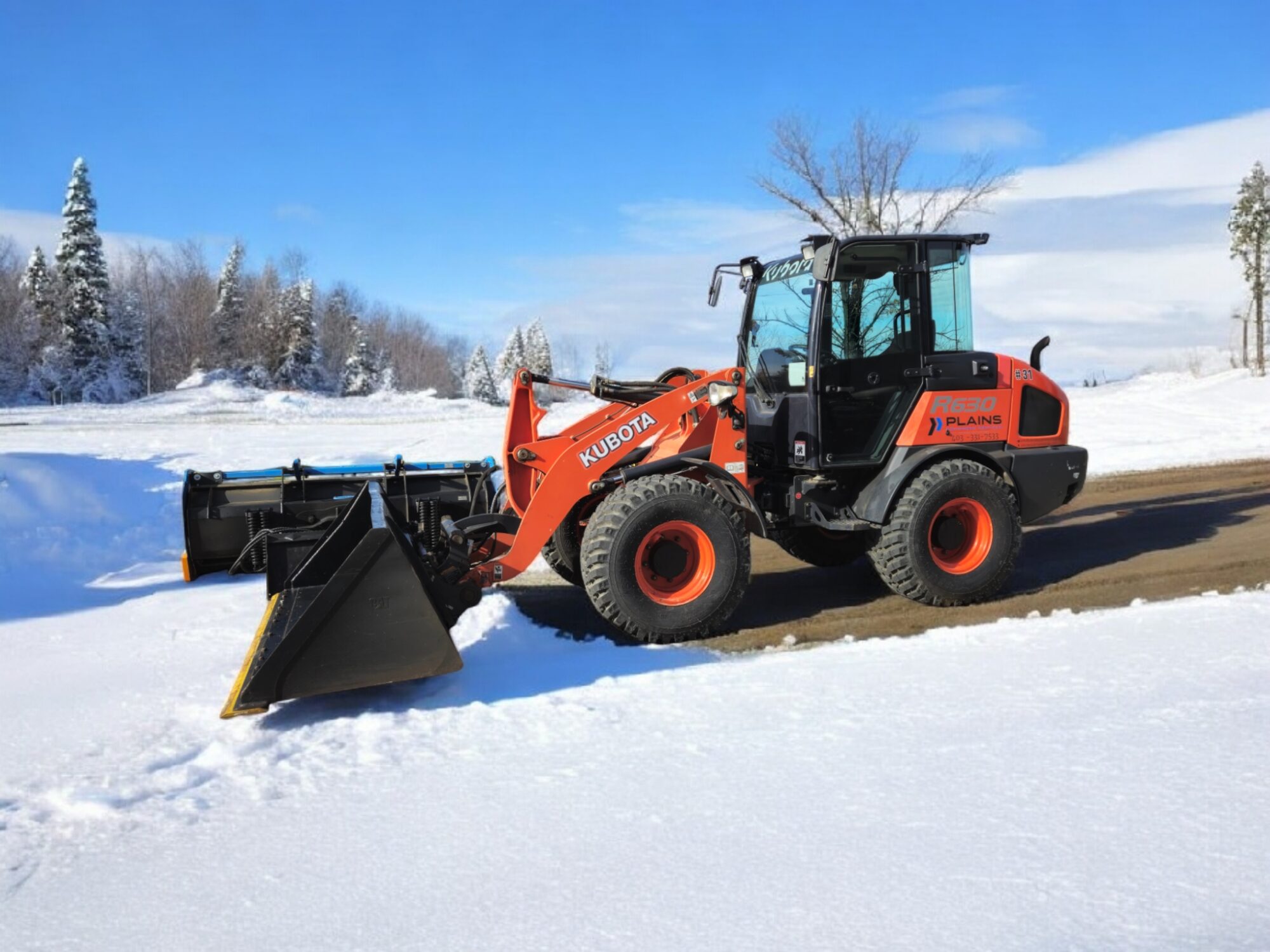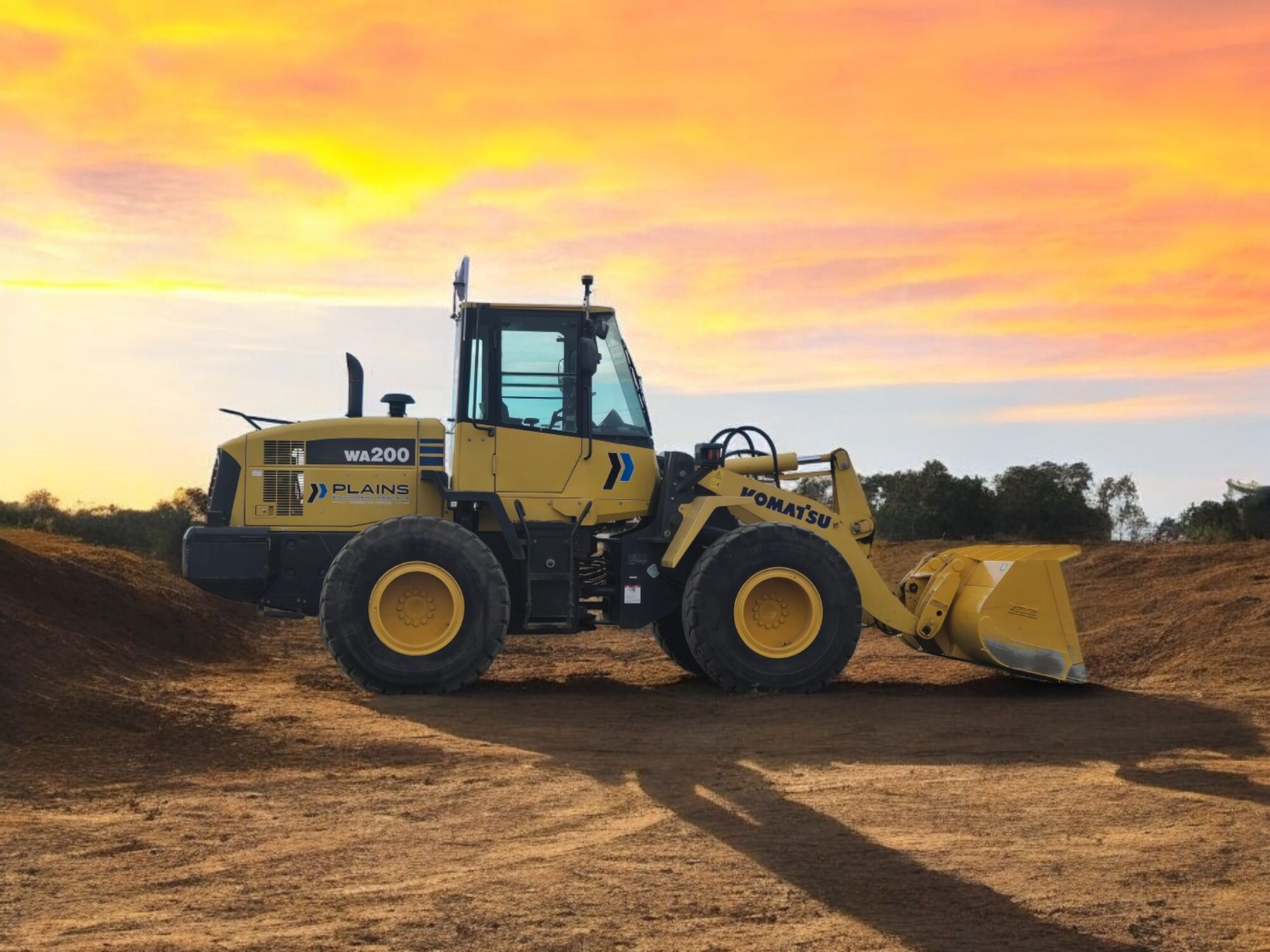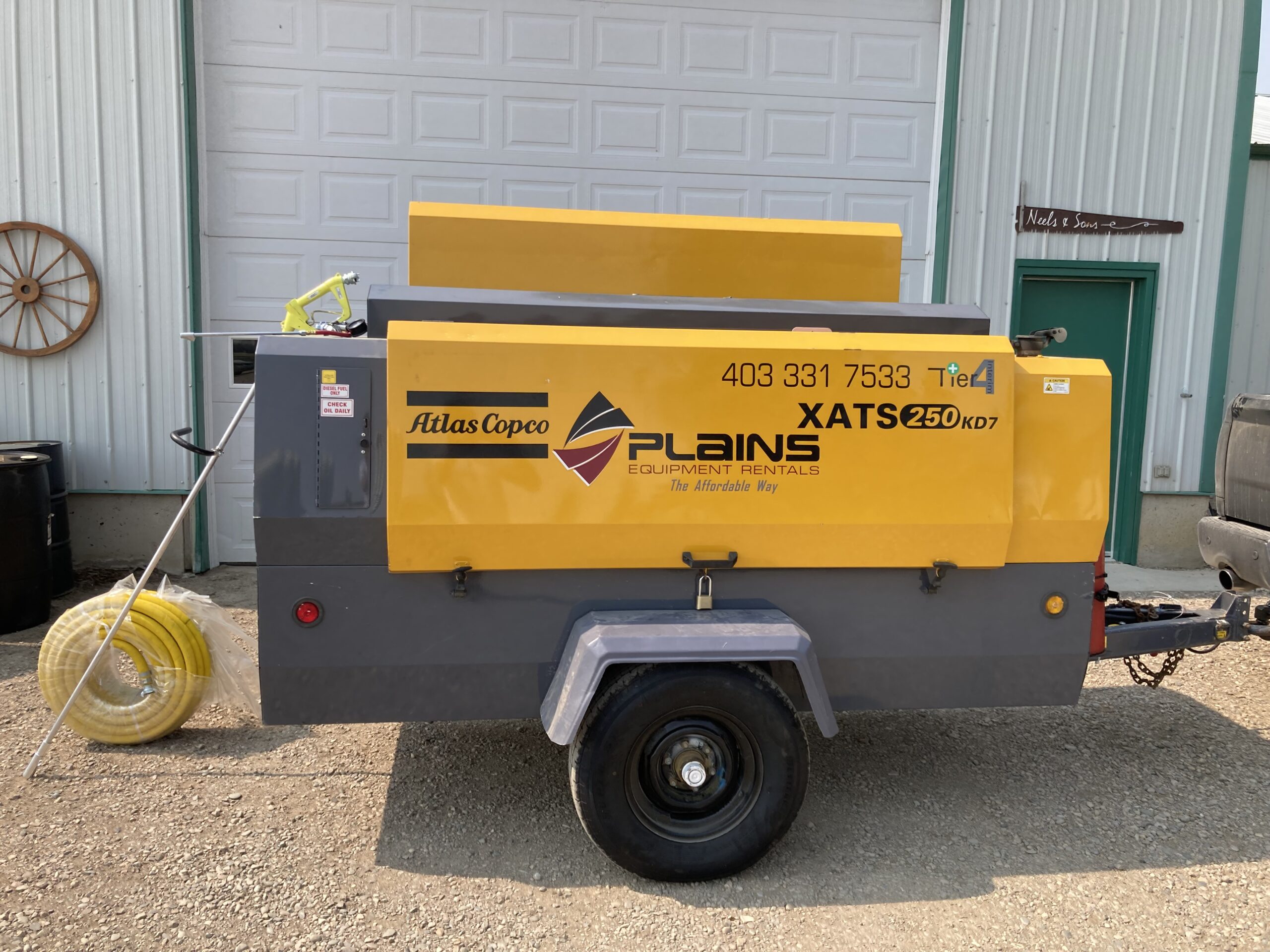Learn about the key cost factors involved in using heavy equipment, including initial equipment costs, maintenance expenses, overheads, servicing, delivery charges, depreciation, insurance, wear and tear, and attachments. Understand how these factors impact the overall costs of rentals and make informed decisions for your projects.
Introduction
Renting heavy equipment has become popular for construction, industrial, and infrastructure projects due to its cost-effectiveness and flexibility. However, it’s essential to understand the factors contributing to the overall cost. In this blog post, we will explore the key cost factors in using heavy equipment and shed light on the considerations to consider.
1. Initial Equipment Costs:
One of the primary cost factors in using heavy equipment is the initial purchase price. Over the years, the cost of purchasing heavy equipment has significantly increased, with prices now being 20 to 30 percent higher than in previous years. This rise in equipment costs directly impacts rental fees, as rental companies need more capital to acquire and maintain their fleet. Supply chain issues can also lead to higher expenses, as more expensive alternatives must be purchased to meet customer demands.
2. Maintenance and Service Complexity:
Maintaining heavy equipment involves costs related to parts, labor, and service complexity. Integrating new technologies, special tools, and software updates is often required for equipment maintenance. The parts prices have substantially increased from 60% to 80% in the last three years. These rising costs impact the overall operational expenses and are typically covered by the equipment rental agency unless the renter has abused equipment.

3. Overhead Expenses:
Equipment rental agencies incur various overhead expenses contributing to rental costs. These include service trucks, specialized equipment, facilities, storage, employees, supplies, advertising, and website optimization. Additionally, financial overhead such as lending and interest rates, taxes, licensing, and transportation fees, including delivery and logistics, also add to the overall cost of rentals.
4. Equipment Servicing:
In the event of equipment breakdowns on-site, prompt servicing is crucial to minimize downtime. Equipment rental agencies must have specific systems in place to quickly address repairs. This requires the availability of technicians, tools, and resources, including additional equipment for replacement if repairs cannot be completed within a reasonable timeframe. Costs associated with equipment servicing are usually covered by the rental agency unless there has been abuse or improper operation by the renter.
5. Delivery Charges
Delivery of rented equipment is typically a direct charge to the customer. Rental agencies must provide employees and equipment for deliveries and meet registration and licensing requirements. Some rental companies may include delivery as a free add-on for longer-term contracts, while others charge separate fees.

6. Equipment Depreciation:
Typically new heavy equipment tends to depreciate significantly over time, influenced by inflation rates, supplier demand, and consumer availability. The depreciation rate varies based on economic conditions and machinery availability. Typically, equipment depreciates around 20% annually until the fifth year, after which it depreciates at approximately 10%.
7. Insurance Coverage:
Insurance costs can vary depending on the rental duration. Long-term rentals often require customers to provide their insurance coverage, while shorter-term rentals may include insurance provided by the rental facility. Some rental agencies offer rental protection plans that charge a percentage of the rental cost to provide insurance coverage. Understanding the insurance options and coverage details is crucial before making a decision.
8. Wear and Tear:
Wear and tear on equipment is another significant cost factor. While normal wear and tear are expected and covered by the equipment owner, excessive or severe damage may result in additional charges. Components such as cutting edges, chutes, tires, tracks, and other worn items that have direct contact with the ground require periodic replacement, adding to the rental costs. Factors such as operating conditions (e.g., salty, dusty, or muddy environments) and component usage can increasingly also affect the wear and tear expenses.
9. Attachments:
Attachments are vital in utilizing heavy equipment for different applications. Attachments like snow pushers, pallet forks, brooms, and blades enhance the equipment’s versatility. However, maintaining and providing various attachments incurs additional costs for equipment rental agencies.
Conclusion:
Renting heavy equipment offers flexibility and cost advantages for businesses and projects. By understanding the key cost factors involved in equipment rentals, such as initial equipment costs, maintenance expenses, overheads, servicing, delivery charges, depreciation, insurance, wear and tear, and attachments, you can make informed decisions and effectively manage your project’s budget. Prioritizing proper equipment maintenance, adhering to operational recommendations, and considering rental options can help you optimize costs and ensure a smooth and efficient rental experience.
Here’s a tool to effectively calculate the cost of ownership operation and rentals:
https://equipmentcalculator.org/en





